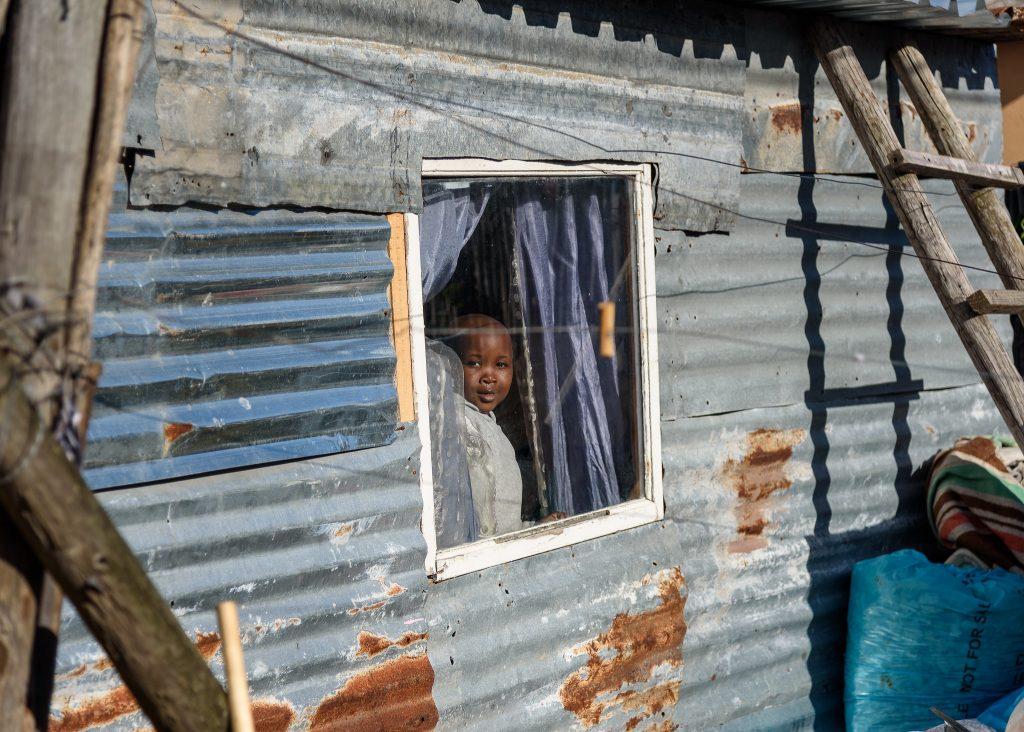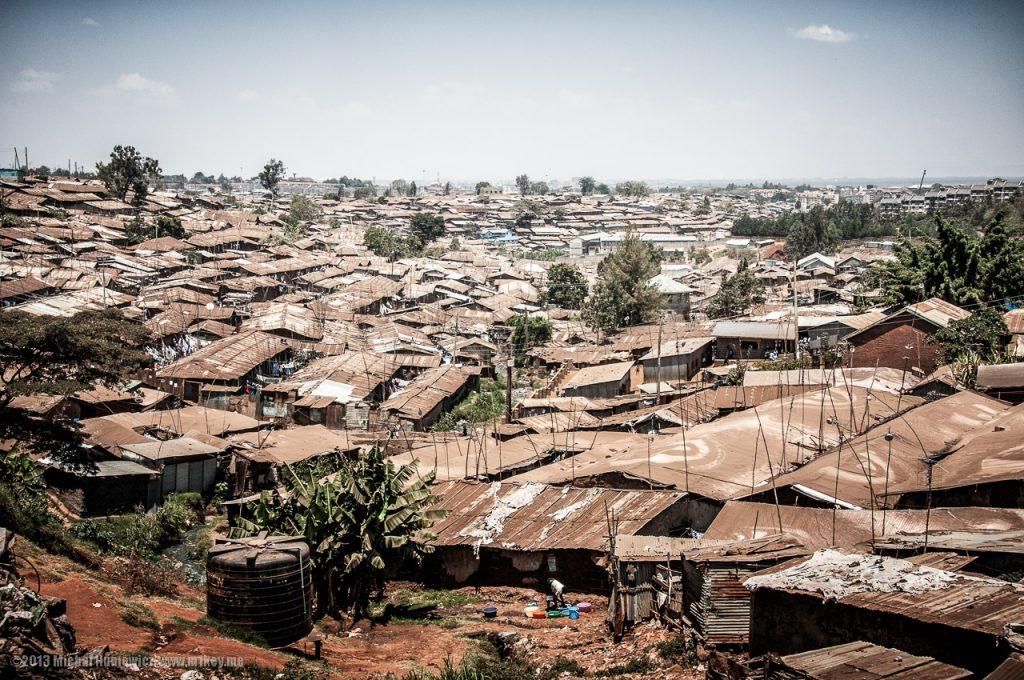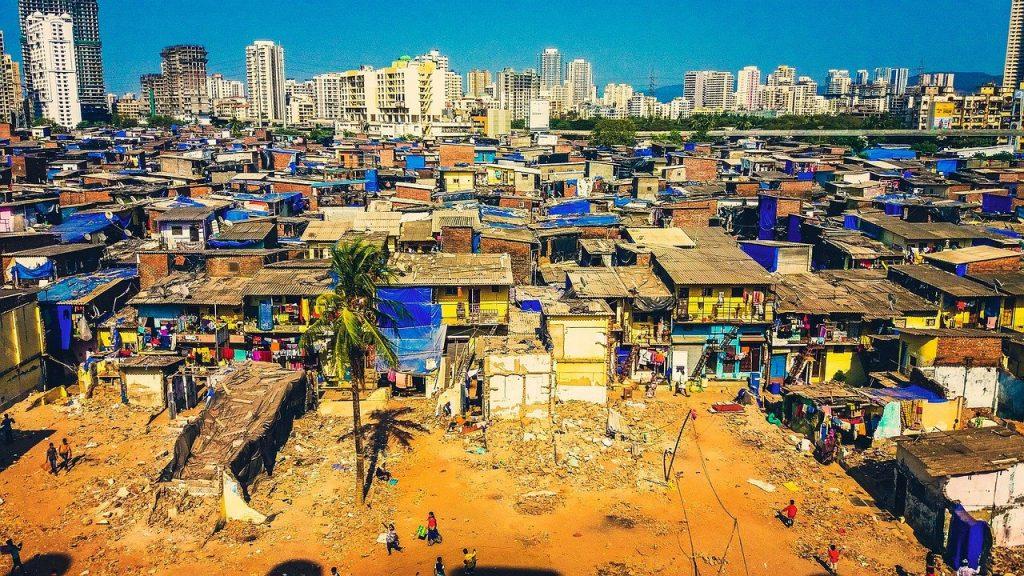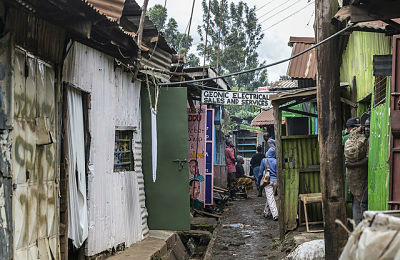Urban slums are called different things in different places. Favelas in Brazil, townships in South Africa, villa miser in Argentina. There is a sensitivity around the use of the word and its place in politically correct and socially reformative language. But whatever we choose to call these communities, we need to address the suffering of the people living in these impoverished neighbourhoods.
What Are Urban Slums?
A slum is a highly populated, informal settlement with substandard housing. It has little to no services and squalid living conditions.
More specifically, an urban slum household is a group of individuals living under the same roof in an urban area lacking one or more of the following:
- Durable housing offering protection against extreme climate conditions
- Sufficient living space (i.e. not more than three people sharing a room)
- Access to safe water in suitable amounts and at an affordable price
- Adequate sanitation
- Secure occupancy safeguarding against forced evictions
Currently, the number of people living in slums is 1 in 7 of the global population. According to current estimates, that number is set to increase to 1 in every 4 people by 2030. That is a quarter of the people on earth living in unsafe, unhealthy, overcrowded homes with limited to no access to basic services.
How and Why Do Urban Slums Form?
Slum formation occurs largely as a by-product of rapid urbanisation. Population growth and lack of governance, cycles of poverty, and natural disasters further magnify the problem.
History
The creation of slums dates as far back as the 18th century. It was a time of rapid population growth and industrialisation in London. This left large parts of the population living in overcrowded, unsanitary, and squalid living conditions.
The first slum in the United States is the notorious Five Points of New York. It was largely populated by Irish men and women who had fled the Great Potato Famine in the 1840s and 1850s.
Modern Day Slums
While these particular slums no longer exist, they can still develop in cities today. This mostly occurs in developing countries. The rate of urbanisation occurring throughout the developing world is reminiscent of that which occurred in London and other European countries during the Industrial Revolution. Though this may be so, it is without the accompanying economic growth.
Causes of Slums
People migrate from rural areas to cities, pulled by the promises of a better life. They come for better job prospects, better education, and better health facilities. For some, it is freedom from restrictive social and cultural expectations. Pushed from rural areas by new farming technologies, it is no wonder they turn to cities. These new innovations cause environmental degradation, declining productivity of cropland, lack of new farmland, and labour displacement.
International immigrants are often eager for the support, advice, and familiarity of their ethnic communities. The result tends to be the formation of ethnic neighbourhoods. This, in turn, can be part of the slum formation process. Many slums have formed around an ethnic immigrant core. For example, Harlem, New York for black immigrants from the south or Puerto Ricans.

Governance is another determinant contributing to the growth of slums. In this sense, it is the lack of affordable low-cost housing and poor urban planning. Poor infrastructure, such as no affordable public transport, is another. It forces poor people to squat in informal settlements located within walking distance of places of employment.
Another cause is a stagnating economy. Especially one that doesn’t allow for job creation faster than a growing population. This offers little opportunity or incentive for people to move from slums to more developed neighbourhoods.
Some slums come about as a result of racial segregation. During apartheid in South Africa, systematic segregation resulted in the forced relocation of people of colour to the fringes of cities like Cape Town and Johannesburg. This ultimately led to the formation of townships (slums) like Khayelitsha and Soweto.
Urban Slums Around the World
Khayelitsha, Cape Town, South Africa

Population: 400,000 according to the 2011 census (However some activists now put that number at around 2.4 million people)
Living conditions in Khayelitsha are bleak. Most residents live in shacks made of timber and sheet metal, susceptible to the extreme weather conditions of the region. Furthermore, because of their proximity to each other, fires spread often and quickly. There, it is the norm for five families to share one toilet. But, access to water and sanitation is not only a health and hygiene problem, it is a safety issue. Khayelitsha is one of the murder capitals of South Africa.
Kibera, Nairobi, Kenya

Population: 700,000 people
Kibera is Africa’s largest and most impoverished slum. There, water is scarce. But Kibera’s residents face many other challenges. This includes overcrowding, poor sanitation (open sewers are fairly common), alcoholism, and poverty. Not only that, but only 20 per cent of Kibera has electricity.
Dharavi, Mumbai, India

Population: 1,000,000 people
Dharavi is located between two railway lines, it sits on low lying land that used to be a garbage dump. Its proximity to the railway lines makes it very convenient for people to get to work. Like many slums, however, Dharavi lacks access to basic services. Little provisions have been made for safe drinking water, sanitation, or drains. As a result, Dharavi has had many epidemics.
Makoko, Lagos, Nigeria
Population: Estimated between 85,000 and 250,000 people
Makoko is an informal water settlement – a floating slum. What was once a fishing spot has grown into a home for generations of fishermen from neighbouring countries. Homes are built on stilt structures. There, the people are at risk of floods, water-borne diseases, and government eviction.

Orange Town, Karachi, Pakistan
Population: 2,400,000 people
Orangi Town is the world’s largest slum. Its population escalated when thousands of people migrated from East Pakistan after the War of Independence in 1971. Similar to many slums across the world, water scarcity, overcrowding, and poor housing are major issues. Crime and violence, particularly towards women, are rife.

Why Are Slums a Sustainability Issue?
The lack of access to basic services in slums has a harmful effect on the natural ecosystem. No waste collection means that pollution levels are high. Dusty conditions and the burning of trash worsens the already poor air quality. This, in turn, affects indoor pollution due to poor ventilation in these settlements. Polluted water is another environmental concern and is also one of the leading causes of preventable diseases in informal settlements. It is true that these urban slum problems impact the environment but the health of the people that live there is very much endangered too.
Eliminating poverty and making cities safe, resilient, and sustainable are two of the Sustainable Development Goals. They provide a framework and target for pursuing economic prosperity that is socially inclusive and environmentally sustainable.
Integrating the needs of the people, the economy, and the environment are important considerations when sustainably developing urban slums.
How Can We Get Rid of Slums?
It has been repeatedly demonstrated that slum clearance has far-reaching negative impacts. Ignoring or failing to address socio-economic problems cause slums in the first place. Community-led projects focused on slum upgrading have proven to be more successful than just getting rid of slums.
The redevelopment of slums aims to provide slum residents with economic, social, and basic services. Services that are already available to other citizens. These include:
- Social (education and crime)
- Physical (infrastructure)
- Legal (land tenure)
- Economic
Solutions to one problem often have the added benefit of improving another. According to Yale researchers, doubling the number of toilets in Khayelitsha would reduce sexual assaults by a third. The Monash Sustainable Development Institute is collaborating with informal settlements in Indonesia and Fiji. They are working to harvest rainwater and stormwater, and even to recycle wastewater. They also aim to protect their settlements from flooding and pollution. This improves their quality of life both physically and environmentally.
Ultimately, providing secure land tenure to residents is key to fixing the problem of urban slums. Safety from eviction, be it through land ownership or leasing, provides long term stability. As a result, residents are more likely to invest in their housing and community.
Sustainable development is in the best interest of all. It is in the best interest of cities, but mainly for the people living in urban slums who have the right to live with basic dignity and in decent conditions. Join THRIVE and help create a world free from inequality, poverty, wars, and climate change!























